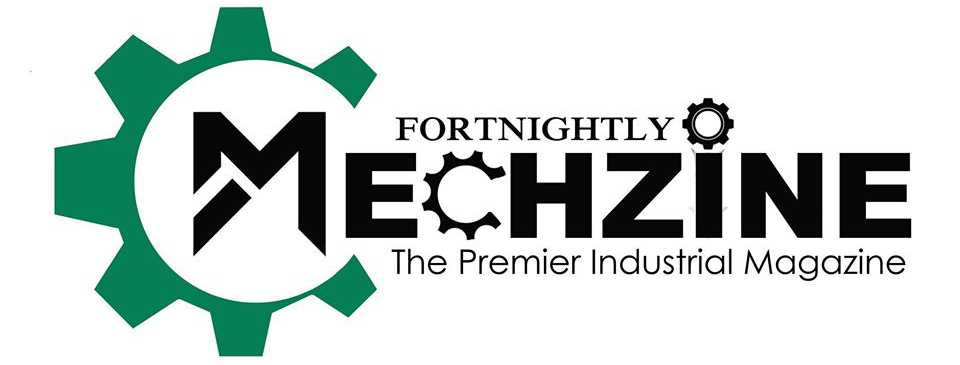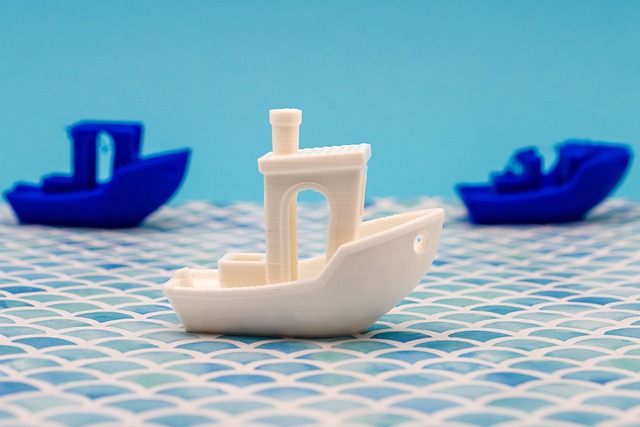Additive Manufacturing (AM), commonly referred to as 3D printing, has become a key player in the evolution of Industry 4.0. This fourth industrial revolution is marked by the convergence of digital technologies, such as the Internet of Things (IoT), Artificial Intelligence (AI), and big data, with manufacturing processes. Among these advancements, additive manufacturing stands out due to its transformative impact on production systems. It shifts the focus from mass production to more customized, on-demand manufacturing models.
Understanding Additive Manufacturing in Industry 4.0
At its core, additive manufacturing involves creating objects layer by layer, based on digital 3D models. Unlike traditional subtractive methods, such as drilling or milling, which remove material from a solid block, AM adds material in precise layers. This difference offers significant advantages in terms of flexibility, cost-effectiveness, and efficiency—qualities that are essential for Industry 4.0’s goal of intelligent, adaptable production.
From Prototypes to Final-Use Components
Initially, 3D printing gained popularity for rapid prototyping. Traditional prototyping methods involved lengthy processes, including mold creation and machining, making them expensive and time-consuming. In contrast, additive manufacturing allows for quick production of prototypes directly from digital files. This acceleration enables faster iterations, allowing designers to refine their products quickly.
However, the role of additive manufacturing extends far beyond prototyping. Today, it is increasingly used to produce functional, final-use parts. Complex components, which are difficult or impossible to make using traditional methods, can be efficiently produced through 3D printing. This is especially relevant in industries such as aerospace, automotive, and healthcare, where precision, lightweight structures, and intricate geometries are essential.
Key Benefits of Additive Manufacturing
- Customization and Personalization One of the standout features of additive manufacturing is its ability to offer mass customization. This means products can be tailored to meet specific customer requirements without the need for costly retooling or molds. For example, in healthcare, personalized implants, prosthetics, and medical devices can be created to match the unique anatomy of each patient.
- Reduced Lead Times Additive manufacturing dramatically shortens production lead times. There is no need for specialized tooling or moulds, and production can start directly from a digital design. As a result, components can be produced on demand, speeding up time-to-market and enhancing supply chain efficiency.
- Lower Production Costs Traditional manufacturing methods require expensive molds, dies, and other tooling, which can be costly and time-consuming to produce. Additive manufacturing eliminates the need for these tools, making small-scale production more affordable. This reduces the reliance on mass production and helps businesses manage production costs more effectively.
- Material Efficiency Additive manufacturing is more material-efficient compared to traditional methods. Since material is added only where needed, waste is minimized. In traditional manufacturing, excess material is often cut away and discarded. This reduction in waste contributes to both cost savings and environmentally sustainable practices.
- Complex Geometries One of the key advantages of additive manufacturing is its ability to produce complex geometries that would be challenging or impossible to achieve using conventional techniques. Structures like lattice-based designs, internal channels, and organic shapes can be created with ease. These designs often lead to better performance in terms of strength, weight reduction, and aerodynamics.
- Distributed Manufacturing Additive manufacturing enables decentralized production. Instead of relying on centralized factories, companies can set up smaller production facilities closer to end consumers. This reduces the need for long-distance shipping and large warehouses, contributing to faster delivery times and reduced logistics costs.
Applications of Additive Manufacturing Across Industries
- Aerospace In aerospace, 3D printing is used to produce lightweight parts that reduce fuel consumption and overall aircraft weight. Components such as turbine blades and engine parts, which require high precision and durability, can also be manufactured more efficiently with AM.
- Automotive The automotive industry has embraced additive manufacturing for both prototyping and the production of custom parts. The ability to quickly test new ideas and manufacture high-performance parts allows automakers to innovate faster and build more efficient vehicles.
- Healthcare Additive manufacturing is revolutionizing the healthcare sector. It enables the production of personalized medical devices, such as implants and prosthetics, that are tailored to individual patients. Surgeons can also use 3D-printed models of patient anatomy for pre-surgical planning, improving outcomes and reducing risks.
- Consumer Goods In the consumer goods industry, 3D printing allows for the production of customized products, such as shoes, eyewear, and fashion accessories. This ability to personalize items according to customer preferences is transforming the way companies approach product development.
- Construction The construction industry is exploring 3D printing to build structures faster and more cost-effectively. Large-scale 3D printers can construct buildings layer by layer, using materials like concrete and steel. This technology has the potential to drastically reduce construction time and costs, especially for housing and infrastructure projects.
Overcoming Challenges in Additive Manufacturing
While the range of materials suitable for 3D printing is expanding, it still lags behind traditional manufacturing in material diversity and performance. For certain applications, the available materials may not meet the required strength or durability standards. In addition to material limitations, ensuring consistent quality in 3D-printed parts remains a challenge, particularly in large-scale production. Variability in printing conditions, material properties, and equipment calibration can affect the quality of the final product. Furthermore, the high cost of industrial-grade 3D printers is another obstacle. Companies must carefully assess the cost-benefit ratio before investing in additive manufacturing, as the initial investment can be substantial, despite potential long-term savings.
The Future of Additive Manufacturing in Industry 4.0
As Industry 4.0 continues to evolve, additive manufacturing will play an increasingly significant role in shaping the future of manufacturing. Advancements in materials science, software, and automation will expand the possibilities of 3D printing. The integration of artificial intelligence, IoT, and robotics with additive manufacturing will further enhance customization, efficiency, and adaptability.
In the near future, we are likely to see a rise in intelligent manufacturing systems that combine these technologies to create more agile, decentralized production models. This shift will reduce the reliance on large manufacturing hubs, enabling businesses to produce goods closer to the point of consumption. This will contribute to more sustainable, resilient, and reliable supply chains.
Conclusion
Additive manufacturing is not just a tool for improving efficiency; it is the foundation of the Fourth Industrial Revolution. By transforming how products are designed, produced, and delivered, 3D printing is helping companies meet the demands of the digital age. To remain competitive in Industry 4.0, businesses must embrace additive manufacturing and explore its vast potential for innovation and growth.

